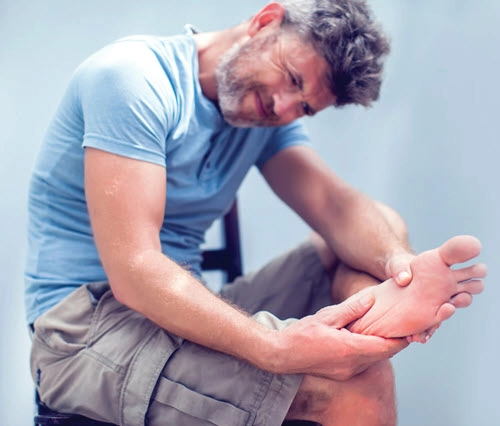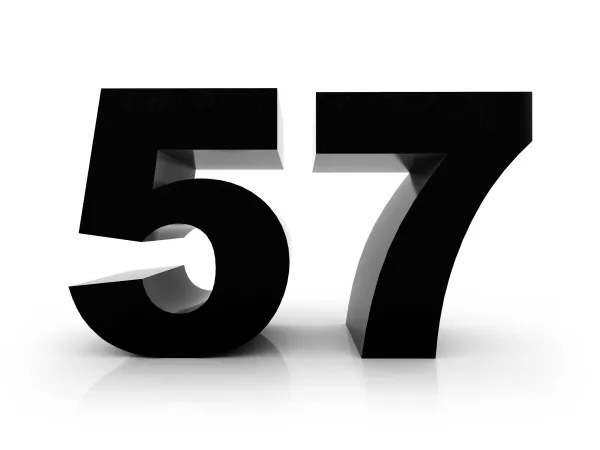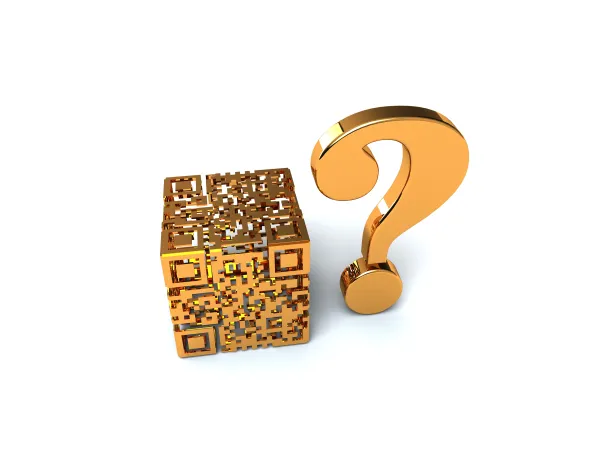Check Medical Documentation for Exact Technique, Number of Lesions to Smoothly Navigate Biopsy Claims
With an incisional biopsy, the podiatrist must use a sharp blade, not a punch tool. When your podiatrist biopsies a lesion and performs a diagnostic pathologic examination, you must pay close attention to which technique he used, how many lesions he worked on, and how far into the skin layers the biopsy went. These details will dictate which CPT® code is the appropriate choice for you to report on your biopsy claim. Read on to learn more about the three different types of biopsy your podiatrist may perform. Type 1: Tangential Biopsy Can Include Shaving, Scooping When your podiatrist performs a tangential biopsy, he will either shave, scoop, saucerize, or curette the patient’s skin with a sharp blade, according to the CPT® guidelines. Since a tangential biopsy does not involve the fill thickness of the dermis, fragments of the lesion may still exist in deeper layers of the dermis, even after the biopsy. Goal of tangential biopsy: If a patient has a lesion, your podiatrist may use the tangential biopsy method to collect a tissue sample from the lesion and perform a diagnostic pathologic examination. The procedure: During a tangential biopsy, the podiatrist removes a sample of the patient’s epidermal tissue either with or without sections of the underlying dermis. Examples of tools your podiatrist may use to perform a tangential biopsy include a flexible biopsy blade, an obliquely oriented scalpel, or a curette. Tangential biopsy CPT® codes: When your podiatrist performs a tangential biopsy, you can look to codes 11102 (Tangential biopsy of skin (eg, shave, scoop, saucerize, curette); single lesion) and +11103 (… each separate/additional lesion (List separately in addition to code for primary procedure)). Remember that CPT® does not consider a tangential biopsy an excision. Coding example: Your podiatrist uses a curette to retrieve a sample of the epidermal tissue on the patient’s right ankle for a diagnostic pathologic examination. In the medical documentation, your podiatrist indicates that he just worked on one, single lesion. You should report 11102 on your claim. Type 2: Punch Biopsy Indicates Cylindrical Pathologic Sample During a punch biopsy, your podiatrist will use a punch tool and remove a full-thickness cylindrical sample of the patient’s skin. Goal of punch biopsy: Your podiatrist will perform a punch biopsy of a cutaneous lesion so he can conduct a diagnostic pathologic examination. Punch biopsy CPT® codes: When your podiatrist performs a punch biopsy, you should look to codes 11104 (Punch biopsy of skin (including simple closure, when performed); single lesion) and +11105 (… each separate/additional lesion (List separately in addition to code for primary procedure)). Don’t report these procedures separately: If your podiatrist performs a punch biopsy, you should not report the simple closure separately because this is an inherent part of the biopsy. Additionally, if your podiatrist manipulates the biopsy defect to achieve wound approximation, this is considered part of the closure. Coding example: The medical documentation indicates that your podiatrist uses a punch tool and removed a full-thickness cylindrical sample of the patient’s left foot. The patient has a cutaneous lesion that concerns the podiatrist, and he wants to perform a diagnostic pathologic examination of the lesion. The podiatrist performs the punch biopsy on one lesion, and he also uses simple closure for the wound. You should just report 11104 on this claim. Type 3: Podiatrist Performs Incisional Biopsy? Do This If your podiatrist performs an incisional biopsy, he will use “a sharp blade (not a punch tool) to remove a full-thickness sample of tissue via a vertical incision or wedge, penetrating deep to the dermis, into the subcutaneous space,” per CPT®. Incisional biopsy CPT® codes: If your podiatrist performs an incisional biopsy, you should turn to codes 11106 (Incisional biopsy of skin (eg, wedge) (including simple closure, when performed); single lesion) and +11107 (… each separate/additional lesion (List separately in addition to code for primary procedure)). Remember, if your podiatrist performs simple closure along with the incisional biopsy, this procedure is considered part of the biopsy, so you should not report it separately. Goal of an incisional biopsy: When your podiatrist performs an incisional biopsy, he needs to retrieve a full-thickness tissue sample of a lesion to conduct a diagnostic pathologic examination. Coding example: The podiatrist performed an incisional biopsy on two wart-like lesions on the patient’s left foot. He used a sharp blade and removed a full-thickness sample of tissue via a wedge, according to the medical documentation. The notes also indicate that this incisional biopsy penetrated deep to the dermis and the subcutaneous space. In this case, you should report 11106 for the first wart-like lesion, along with +11107 for the additional lesion on your claim.





